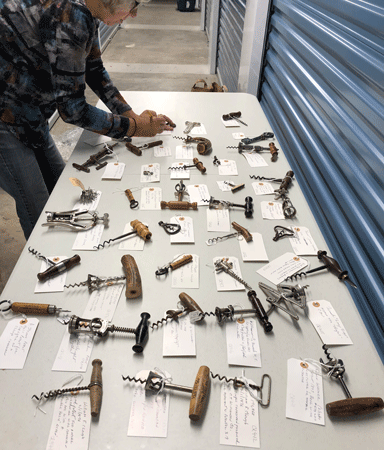Faucets, Spigots, Spouts And Taps
These important artifacts known as wine spouts and spigots or taps, are used in making wine and they are made from brass, bronze, metal, copper, and stainless-steel. They are in a range of small, medium and larger sizes and have a gradually narrowing thread usually made of brass for use with wooden wine barrels, kegs, and casks. This type of taps, spouts and spigots are ideal to be fitted to small, medium, and larger wooden barrels and apothecary glass, porcelain, and ceramic jars. They were used for wine, olive and vinegar oils, whiskey, beer, cider, juices; both storing and dispensing these liquids.
Read More






























































